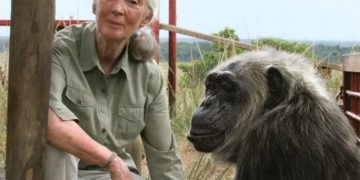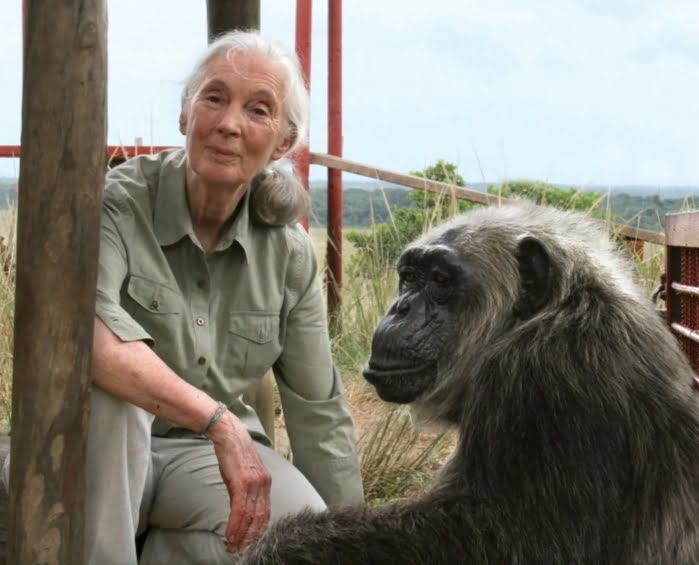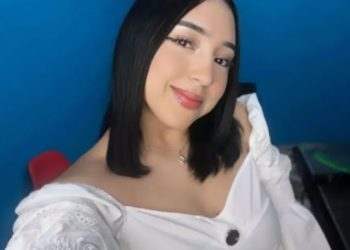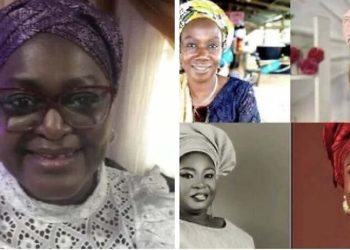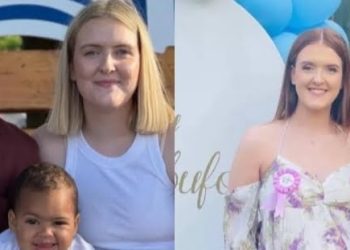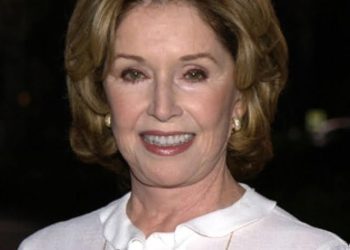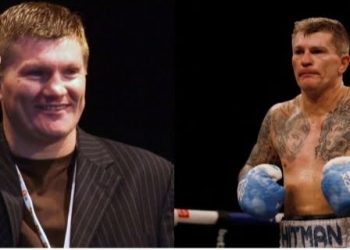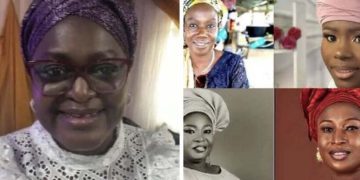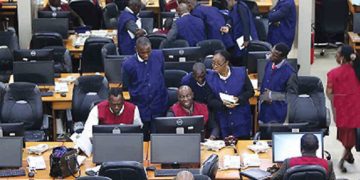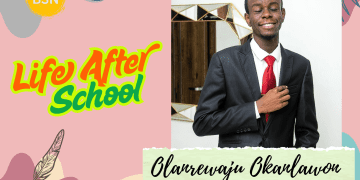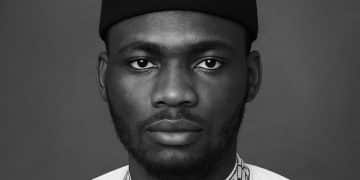Jane Goodall, the British scientist who changed the way the world understands chimpanzees and who later became one of the most respected voices for protecting animals and the environment, has died at the age of 91.
Her institute announced on Wednesday that she passed away peacefully in her sleep while in Los Angeles, where she had been giving talks on her U.S. speaking tour.
In what became her last public appearance, Goodall wore her familiar green jacket and spoke to an audience with her usual warmth and humor. She said, Some of us could say ‘Bonjour,’ some could say ‘Guten Morgen,’ but I can say ‘Hoo-hoo-hoo-hoo!’ That’s how chimpanzees say ‘Good morning.
Her death brought an outpouring of tributes from conservationists, world leaders, and celebrities.
United Nations Secretary-General Antonio Guterres said, “I am deeply saddened by the passing of Jane Goodall, our beloved Messenger of Peace. She leaves behind an extraordinary legacy for humanity and for our planet.
Tanzania’s president, Samia Suluhu Hassan, honored her lifelong connection to the country, saying, Dr. Goodall’s groundbreaking work at Gombe National Park transformed wildlife conservation and placed Tanzania at the center of global efforts to protect chimpanzees and nature.
Actress and activist Jane Fonda added, The best way we can honor her life is to treat the Earth and all its beings like family, with love and respect. I loved her very much.
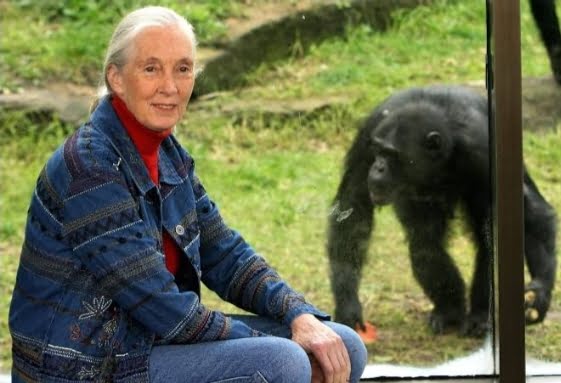
Jane Goodall was born on April 3, 1934, in London. From an early age, she loved animals. When she was a child, her father gave her a toy chimpanzee that she cherished her whole life. She also devoured Tarzan books and often dreamed of living among animals in Africa, half-joking that Tarzan had married the wrong Jane.
Her life changed in 1957 when she traveled to Kenya to visit a friend. There, she met the famous scientist Louis Leakey, who was studying human origins. Leakey recognized her curiosity and determination, and he sent her to Gombe, Tanzania, to study chimpanzees. She had no university degree at the time, but she soon became the first of three women chosen by Leakey to study great apes.The others were Dian Fossey, who studied gorillas, and Biruté Galdikas, who studied orangutans.
Goodall’s most famous discovery was that chimpanzees use tools. She observed them stripping leaves from twigs and using the sticks to catch termites, proving that tool use was not unique to humans. This shocked the scientific world and forced people to rethink what separates humans from other animals.
Encouraged by Leakey, she later pursued a PhD at Cambridge University, despite never having earned an undergraduate degree. She became only the eighth person in Cambridge’s history to do so.
Her studies also revealed the darker side of chimpanzee behavior: they could be violent, even killing infants and waging territorial wars. These findings challenged the common belief that animals were always gentler than humans.
In 1977, Jane Goodall created the Jane Goodall Institute, which focused on studying and protecting chimpanzees. Later, in 1991, she started Roots & Shoots, a youth program encouraging young people to care for animals, the environment, and their communities. The program now exists in more than 60 countries.
Her turn toward activism began in the 1980s when she attended a U.S. conference and learned about the many threats facing chimpanzees: medical experiments, the hunting of bushmeat, and the destruction of forests. From that moment, she devoted herself not only to research but also to speaking out and campaigning for change.
For decades, she traveled tirelessly, giving speeches, writing books, and appearing in documentaries. Even in her nineties, she continued to tour the world, urging people to act before it was too late.
Jane Goodall married twice. Her first husband was Baron Hugo van Lawick, a Dutch photographer who worked for National Geographic. They had one son together, Hugo Eric Louis van Lawick, who survives her. The marriage ended in divorce. Later, she married Tanzanian politician Derek Bryceson, who sadly died of cancer.
Over her lifetime, Goodall received countless honors. She was named a Dame Commander by Queen Elizabeth II and awarded the U.S. Presidential Medal of Freedom by President Joe Biden, one of America’s highest civilian honors.
Her likeness was even made into a Lego figure and a Barbie doll, symbolizing her cultural impact and her ability to inspire children. She also became a character in cartoons, such as one by Gary Larson, which she took in good humor.
Goodall often repeated that protecting the planet required urgent action. In a 2024 interview she said, The time for words and false promises is over if we want to save the Earth.
But she always paired urgency with hope. Her lasting message was one of empowerment:
Every single person has a role to play. Each of us makes an impact on the world every day,and we can choose what kind of impact we make.
